Interview | Good Day Mr. Rothko
Brett Gorvy and Pat Steir
Brett Gorvy: Pat, I wonder if you can recount for us the story of when you first met Mark Rothko?
Pat Steir: It was in the early sixties; I was a guest at the Tworkov house in Provincetown, Massachusetts—Jack Tworkov and his wife [Rachel] “Wally.” I went to spend a week or two in the summer. I was friends with both of their daughters. Rothko was teaching for a few summers in Provincetown toward the end of his life. I went up to him at a dinner party and I said, “Mr. Rothko, I love your work!” I was worshipping him—and he said, “You’re a pretty girl. Why aren’t you married?” He didn’t even register that I was an artist and loved his work.
BG: Did you have an opportunity to at least explain you were an artist?
PS: I had the opportunity, but I didn’t take it.
BG: You have mentioned to me that he reminded you of your father.
PS: He looked like my father. I can remember. So, when he said to me, “Why aren’t you married?” that seemed appropriate. I was disappointed. I was hoping to discuss color theory with him.
BG: What was it about Rothko’s work that inspires you today?
PS: Today, I’m inspired by the color. He was an extraordinary color theorist, extraordinary.
BG: Had he been an influence early on as well?
PS: What first influenced me was Robert Rosenblum’s writing about spiritual abstract painting [Modern Painting and the Northern Romantic Tradition: Friedrich to Rothko, published 1975].
BG: The notion of the romantic thrust of Abstract Expressionism—that search for a spiritual whole?
PS: Yes, I thought that was very well discussed in the Rosenblum book.
BG: What do you think was so radical about Rothko’s use of color?
PS: It’s the way he saw and read color. He’s a kind of color theory artist, in a way. I never read anything like that about his work, but I do remember reading, quite a while ago, when he was still alive, a critic wrote something like: “His paintings make me feel like sunbathing in front of them.”
BG: That is so true. He would often talk about how people would cry in front of his paintings and he understood that reaction because he felt he put the same emotion into the making of his pictures. Do you see his colors as being emotive?
PS: I do see his color as being emotive. I think you can’t help it…
BG: When you are working with color is there a consciousness in your mind of something beyond the painting, beyond the canvas, something more spiritual?
PS: Yes, of course, and people write about my work in that way. I let nature paint the paintings. My paintings are a picture of a waterfall and they are the waterfall: they are those two things at once. I take my cues from the Chinese literati painters, who sat and looked at a landscape for as long as it took them. Then, after days, or months, or years, they went home and let the landscape pass through them and become part of their consciousness and painted, so that’s the spiritual activity. In my work, I’m letting the paint do its thing. Sometimes the paintings are successful and sometimes not—it depends on the wind in that room that day.
BG: How do you feel Rothko’s work coming into your practice at this moment?
PS: I’m stealing his color combinations.
BG: Is it a conscious deliberation in terms of stealing, or, at least borrowing?
PS: I’m borrowing them, I’m translating them. I mean, they are not exactly his color combinations. I’m not looking at the actual paintings, I’m looking at pictures of the paintings, and, as you know, that is very different. Also, I’m pouring the paint still.
BG: When you are working on a series of paintings, can you see a progression where one painting leads to another or one idea leads to another? Or are the works very much independent as you create them?
PS: They all have the same idea. I’m using the pouring of the paint off of the brush in many of these paintings in a more compressed way, so the paintings will have several pours on one canvas. The thought is more compressed.
BG: One thing I remarked upon when I first came to the studio and I saw some of the new works was the fact that you were not layering as much, and the amount of pouring was reduced. You had a more transparent surface to some of the blues that I saw, for example. Did you have Rothko in mind in terms of that kind of surface?
PS: The short answer is yes. I’m working off the color wheel, still, and what I learned about color and the color wheel, making the Color Wheel [2018–19] for the Hirshhorn Museum. I’m not using only primary colors. I’m using many permutations of color. They’re primary colors altered. The color, and the color wheel, is carefully moderated from one canvas to the next. It’s like writing, more like writing music: one sound quality of it, one color.
BG: So, there is an echo or a syncopation?
PS: I’m thinking of the color in each painting separately and they’re not related. I’m not taking one step after the other. I think of them as a group, but they are definitely individual paintings.
BG: At the time when you met Rothko, he clearly had an effect on you through your interaction. How do you feel about Mark Rothko’s impact on your work today? I mean, here you are, you’re not the 22-year-old young painter, you’re a mature artist. You’ve had extraordinary success both curatorially as well as commercially—probably even greater than Mark Rothko had in his lifetime. Do you feel you could look him in the eye?
PS: No, never. He’s still a hero to me. Gone but not forgotten.
BG: I appreciate that.
PS: Now that I’m using Rothko’s work as an inspiration, I realize that there are several Rothko exhibitions in the works. I guess I’m not the only one who feels the need to look at his work now. I went through many years of not being so fond of it.
BG: What was it that you found negative or that you didn’t respond to?
PS: The same thing I respond to now: the color. I didn’t understand it. Now, I understand how methodically he was using color. How much he understood what he was doing. This has given me confidence to explore color and to be even more experimental with these new paintings in terms of the color combinations and the overlay of floating forms and brushstrokes.
-

Film | Pat Steir: Good Day, Mr. Rothko
-
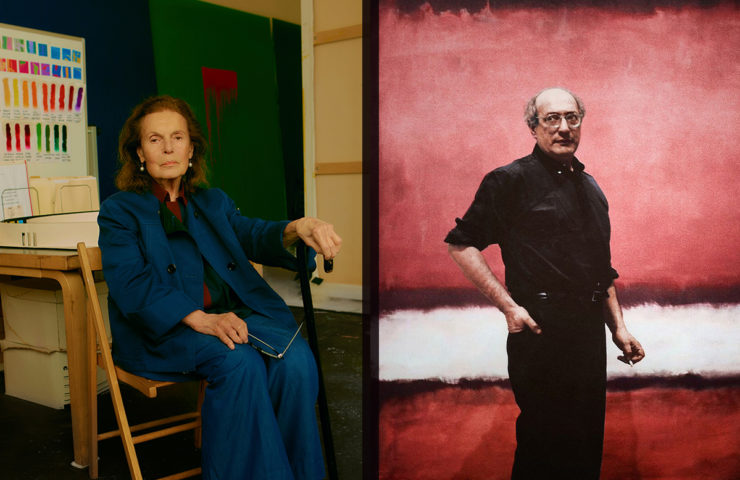
Interview | Good Day Mr. Rothko
Brett Gorvy and Pat Steir
-
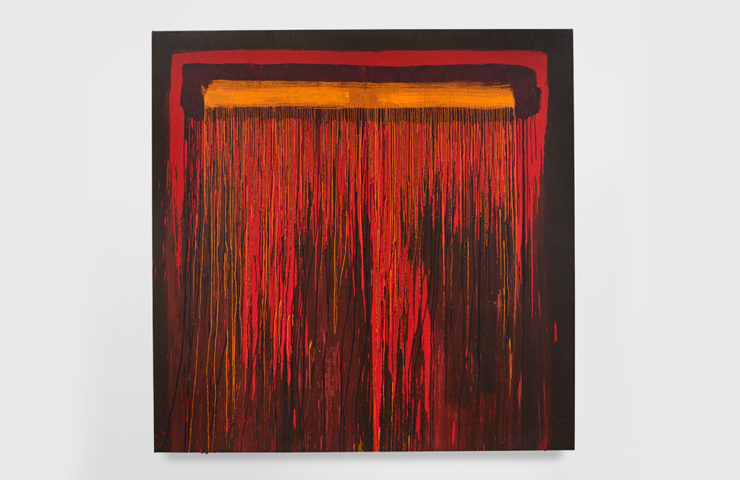
Considering Rothko
2020–21
-
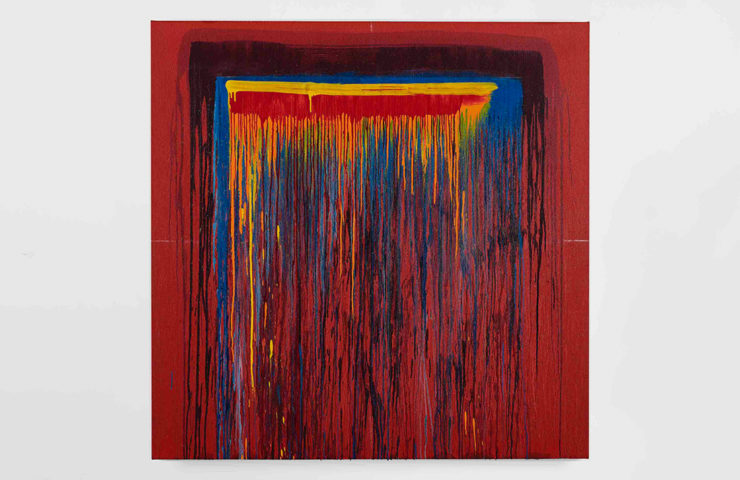
Considering Rothko #2
2020–21
-

Considering Rothko #3
2020–21
-
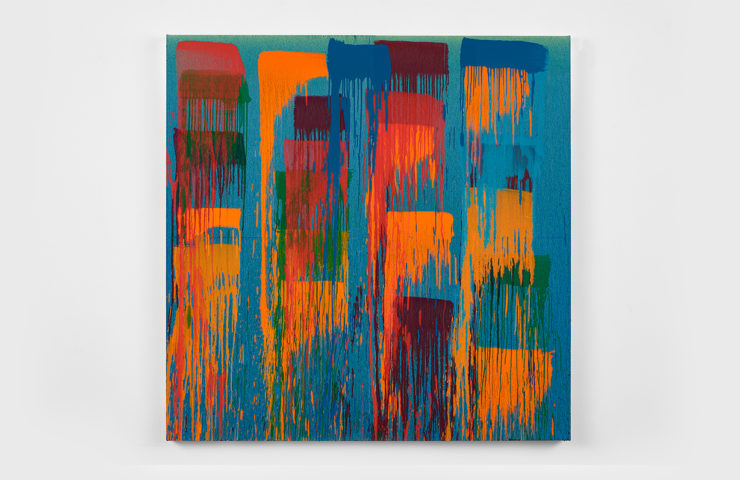
Considering Rothko #4
2020–21
-
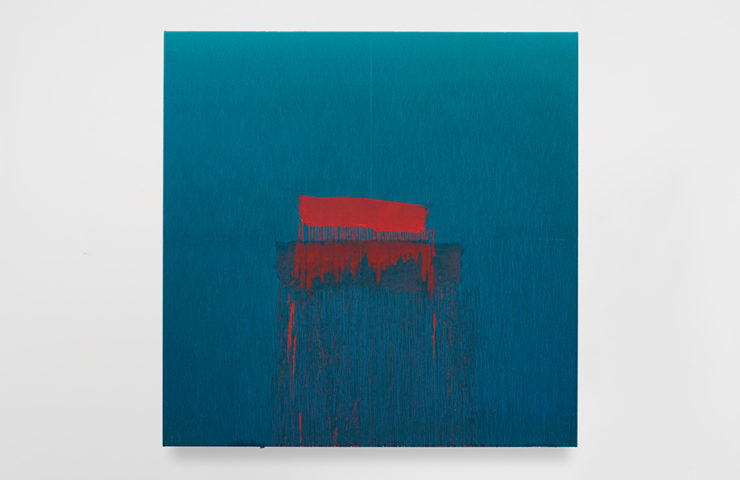
Considering Rothko #5
2020–21
-

Considering Rothko #6
2020–21
-

Considering Rothko #7
2020–21
-
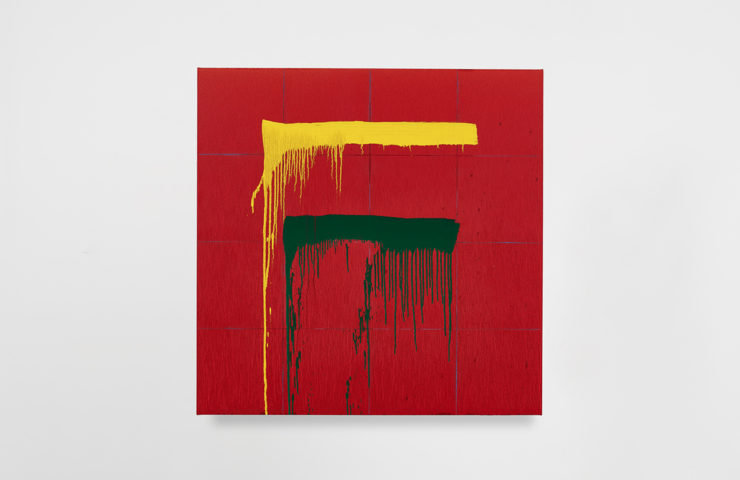
Considering Rothko #8
2020–21
-
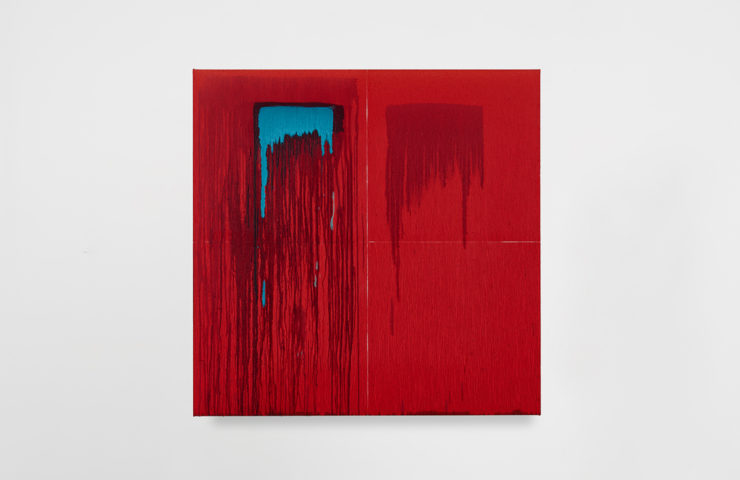
Considering Rothko #9
2020–21
-

Considering Rothko #10
2020–21
-

Considering Rothko #11
2020–21
-
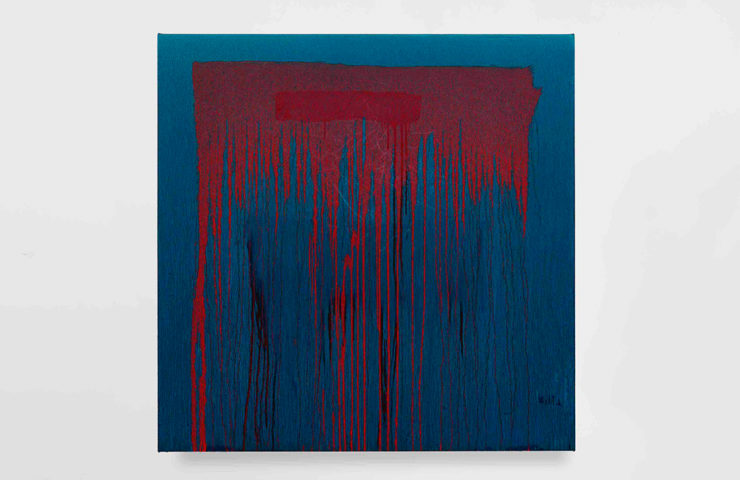
Considering Rothko #12
2020–21
-
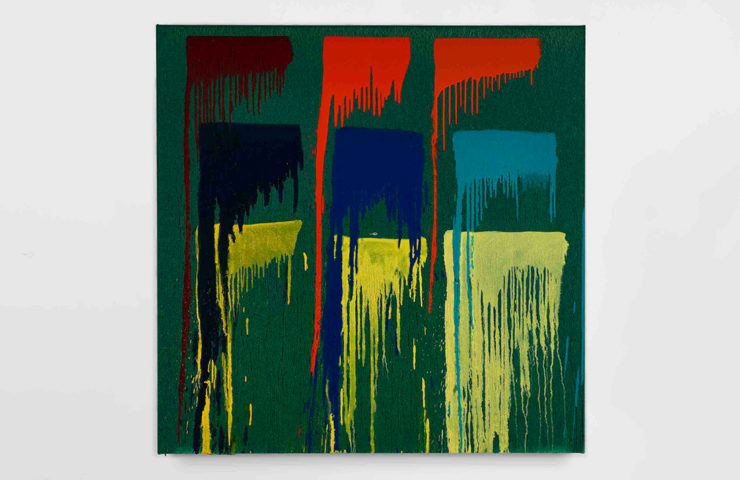
Considering Rothko #13
2020–21
-
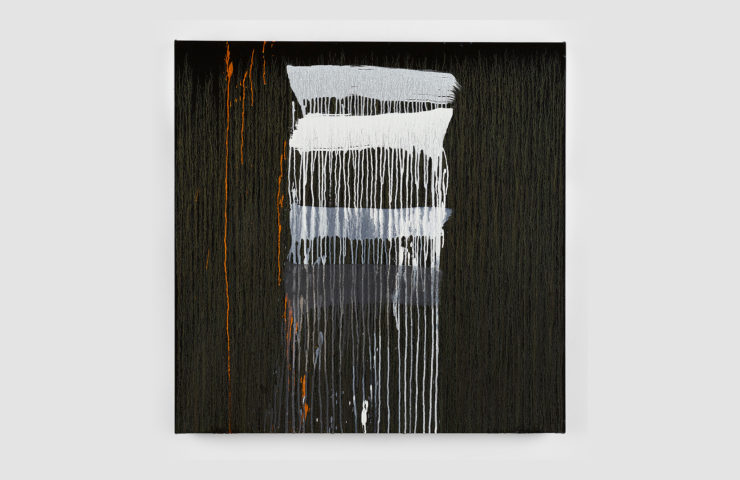
Sister
2020–21
